Bloemgarten, Rudolf (Rudi), born 07-05-1920 in Maastricht  to Victor Hertog and his wife Bernadine, born Hertog,
to Victor Hertog and his wife Bernadine, born Hertog,  who married in 1919. The couple had four children, including the oldest Rudolf.
who married in 1919. The couple had four children, including the oldest Rudolf.  Father Victor Bloemgarten was arrested on the street in Brussels in April 1943, three mouths before his son’s executing. As a result, his mother Marie Anna Bloemgarten-Wesly and his sister Leonie were also arrested. They were deported to Auschwitz via Mechelen. Victor Bloemgarten was put to work in camp Monowitz for some time. Three children survived the war.
Father Victor Bloemgarten was arrested on the street in Brussels in April 1943, three mouths before his son’s executing. As a result, his mother Marie Anna Bloemgarten-Wesly and his sister Leonie were also arrested. They were deported to Auschwitz via Mechelen. Victor Bloemgarten was put to work in camp Monowitz for some time. Three children survived the war.
Rudi Bloemgarten was of Jewish descent and studied medicine at the University of Amsterdam. At the end of 1940, he opposed the dismissal of Jewish lecturers working at the university.Resistance activities. From August 1942, Bloemgarten was involved in the production and distribution of the illegal magazine Rattenkruid (Rat Poison). Rudi also joined the resistance group Groep 2000
Group 2000 was a resistance group during World War II in the Amsterdam area that remained virtually unknown for 70 years. The group was founded in 1940 and led by Jacoba Johanna van Tongeren

 during the war. After the liberation, Jacoba van Tongeren was bedridden: the war years and her previous infectious disease took their toll. In 1955, for health reasons, she moved with Nel to Bergen (North Holland). She continued to correspond with Group members until her death. In 1964, she wrote down her entire war story. This was done in letters to broadcasting pastor Alje Klamer,
during the war. After the liberation, Jacoba van Tongeren was bedridden: the war years and her previous infectious disease took their toll. In 1955, for health reasons, she moved with Nel to Bergen (North Holland). She continued to correspond with Group members until her death. In 1964, she wrote down her entire war story. This was done in letters to broadcasting pastor Alje Klamer, 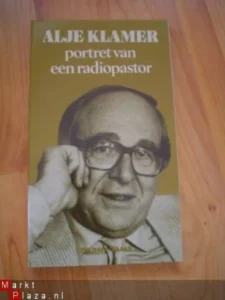 who had advised her to write off the past. On 15-09-1967, Jacoba van Tongeren died in Bergen, aged 64. She was buried in Bergen
who had advised her to write off the past. On 15-09-1967, Jacoba van Tongeren died in Bergen, aged 64. She was buried in Bergen
Group 2000 was represented in the Council of Resistance. Towards the end of World War II, it cared for some 4,500 people in hiding. It had over 140 members. Group 2000 remained unknown during and after the war. The reason for this exceptional obscurity is the use of codes instead of names of the employees, the people in hiding, the addresses and helpers, etc. The key to the code was only found in 2014. That is why more and more members of Group 2000 have become known since 2015.
Rudolf was one of the participants in the attack on the Amsterdam Population Register (1943) on the Plantage Middenlaan in Amsterdam.
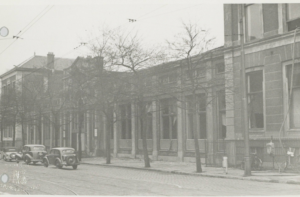
 Under the leadership of Gerrit Jan van der Veen
Under the leadership of Gerrit Jan van der Veen 
 and together with Willem Johan Cornelis Arondeus,
and together with Willem Johan Cornelis Arondeus,  Johan Brouwer,
Johan Brouwer,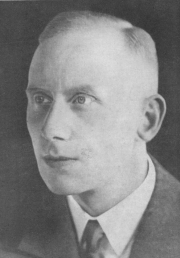 Sam van Musschenbroek,
Sam van Musschenbroek,  Coos Hartogh,
Coos Hartogh,  Henri Halberstadt,
Henri Halberstadt,  Karl Gröger,
Karl Gröger,  Guus Reitsma,
Guus Reitsma, 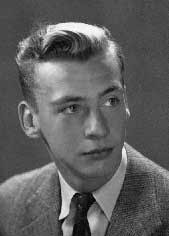 Koen Limperg,
Koen Limperg,  Sjoerd Bakker,
Sjoerd Bakker,  Cornelis Barentsen
Cornelis Barentsen  and Cornelis Roos
and Cornelis Roos  Bloemengarten entered the building disguised as a policeman on 27-03-1943 and blew up the building with explosives. Due to betrayal, the Sicherheitsdienst arrested most of the perpetrators and helpers within two weeks.
Bloemengarten entered the building disguised as a policeman on 27-03-1943 and blew up the building with explosives. Due to betrayal, the Sicherheitsdienst arrested most of the perpetrators and helpers within two weeks.
In addition, Bloemgarten arranged for ration stamps and he forged identity cards for Jewish and other people in hiding.On 02-02-1943, in connection with the execution of ten hostages in Bloemendaal, he planned to assassinate NSB member Jan Durks Feitsma, 
 who had been appointed prosecutor at the Amsterdam Court of Justice in 1941. At the front door of Feitsma’s house, he suddenly found himself face to face with his son, whom he shot, leaving him seriously injured.In early 1943, Bloemgarten participated in an act of sabotage on the railroad near Sloterdijk in Amsterdam, in an arson attack on a cinema on Rembrandtplein, and in an attack on the residents’ registration office.Arrest and murder. After the arrest of several participants in the attack on the residents’ registration office in early April, Bloemgarten and two others decided to retreat to a guesthouse in Garderen.
who had been appointed prosecutor at the Amsterdam Court of Justice in 1941. At the front door of Feitsma’s house, he suddenly found himself face to face with his son, whom he shot, leaving him seriously injured.In early 1943, Bloemgarten participated in an act of sabotage on the railroad near Sloterdijk in Amsterdam, in an arson attack on a cinema on Rembrandtplein, and in an attack on the residents’ registration office.Arrest and murder. After the arrest of several participants in the attack on the residents’ registration office in early April, Bloemgarten and two others decided to retreat to a guesthouse in Garderen.
Death and burial ground of Bloemgarten, Rudolf (Rudi).

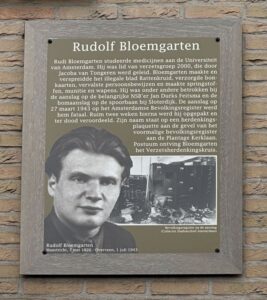
On 08-04-1943, the guesthouse was raided by the police. Bloemgarten escaped arrest by shooting a policeman. Thereupon, he wanted to flee to England. However, he was betrayed by a Jewish V-man (a Vertrauensmann, a trusted man. They infiltrated resistance groups.) and arrested in Voorburg on 13-04-1943. In June 1943 he was sentenced to death. On 01-07-1943, age 23, he was shot in the dunes near Overveen, along with eleven other resistance fighters who had been sentenced to death. His mother had been murdered a month earlier in the Sobibor extermination camp. Rudi Bloemgarten is buried in the cemetery of honor of Bloemendaal (field 18, see also memorial stone 5) and is in the Roll of Honour 1940-1945 of the Dutch Parliament
On 12-04-1943, Rudi is arrested for his involvement in the attack on the Population Register. When Bernardine hears about this, she visits his fiancée Hannie Levy and her sister at their hiding place. There, all three are arrested and put on transport to Westerbork. Bernardine urges Hannie to throw her identity papers out of the train. “As a nurse, you must try to escape from Westerbork, I won’t be able to do it myself, but you still have your whole life ahead of you.” With the help of a few communists in Westerbork, this escape also succeeds.Upon arrival in Sobibor, on 28-05-1943, she is killed in the gas chamber. Five weeks later – on 1 July – her son Rudi is executed in the dune area of Overveen.

Message(s), tips or interesting graves for the webmaster: robhopmans@outlook.com












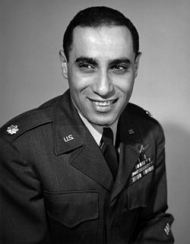


Leave a Reply